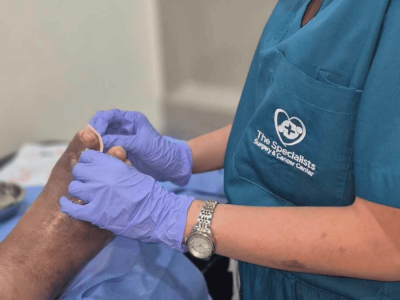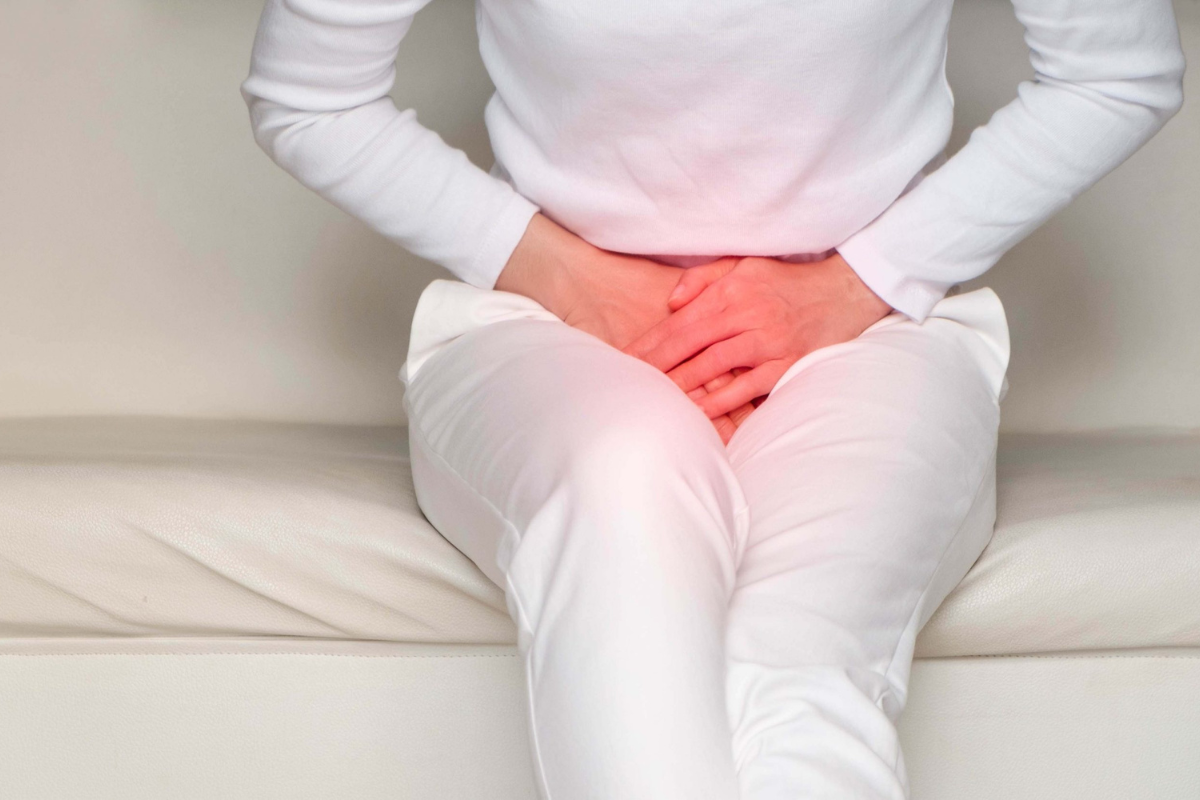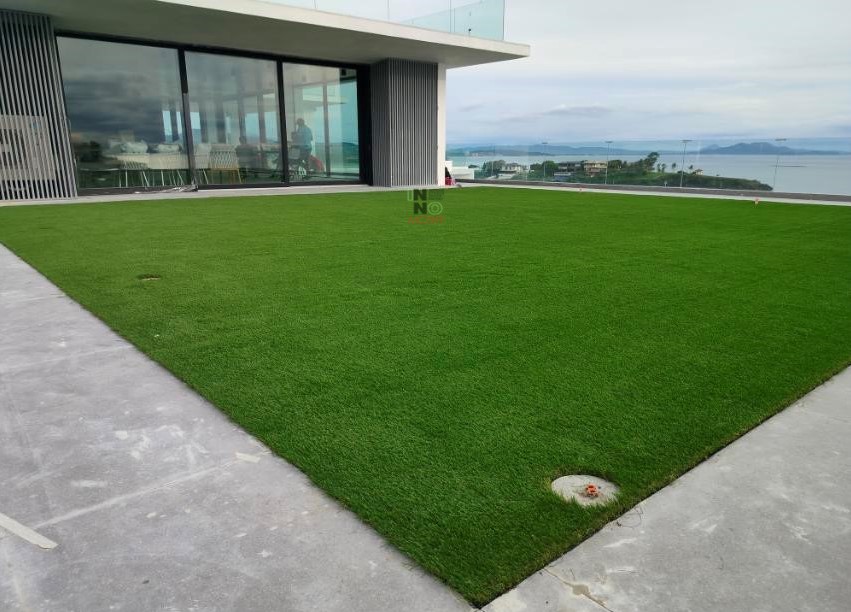Understanding Necrotic Foot
Necrotic foot is a serious condition that occurs when tissue in the foot dies due to insufficient blood supply, infection, or trauma. This condition is often associated with chronic illnesses like diabetes and peripheral vascular disease. Necrosis can compromise foot function, making walking and daily activities painful or even impossible if left untreated. Recognizing the early signs, such as discoloration, persistent pain, foul odor, and open sores, is essential for timely intervention. Orthopedic treatment for necrotic foot focuses on restoring circulation, preventing infection, and preserving as much healthy tissue as possible. Without proper care, necrotic foot can lead to severe complications, including amputation. Early diagnosis and specialized care greatly improve outcomes, emphasizing the importance of consulting an orthopedic specialist at the first sign of trouble.
Diagnosing Necrotic Foot
Diagnosing necrotic foot requires a combination of physical evaluation and advanced imaging techniques. Orthopedic specialists typically perform a thorough examination to assess skin color changes, tissue temperature, and pulse in the affected area. Imaging tools like X-rays, MRI scans, and CT scans help determine the extent of tissue damage and detect underlying bone involvement. Laboratory tests can identify infections or systemic conditions contributing to tissue death. Accurate diagnosis is critical because treatment plans vary depending on severity, location, and underlying causes. Early identification of necrotic tissue can prevent further deterioration and reduce the need for extensive surgical intervention. Timely diagnosis also allows physicians to implement preventative measures for patients at high risk of necrosis, such as those with diabetes or poor circulation.
Non-Surgical Orthopedic Treatments
Non-surgical orthopedic treatments play a vital role in managing necrotic foot, especially when intervention occurs early. Wound care and regular debridement are essential to remove dead tissue and promote healing of healthy areas. Antibiotic therapy may be necessary if bacterial infection is present, helping prevent further tissue damage. Hyperbaric oxygen therapy is another non-invasive option that enhances oxygen delivery to compromised tissues, supporting recovery. Offloading techniques, including specialized footwear, braces, or casts, reduce pressure on affected areas and prevent worsening of the condition. Pain management is a crucial component, as necrotic foot can cause significant discomfort that affects mobility. These non-surgical measures are often used in combination, allowing patients to retain as much foot functionality as possible while minimizing complications.
Surgical Orthopedic Interventions
Surgical orthopedic interventions become necessary when non-surgical approaches cannot halt tissue damage or infection. Surgery may include debridement, partial amputation, or reconstructive procedures to remove dead tissue and restore structural integrity. Orthopedic surgeons carefully evaluate the extent of necrosis to determine the most effective surgical approach, aiming to preserve as much healthy tissue as possible. Post-surgery care is critical to ensure proper healing, prevent infection, and optimize mobility. Patients often undergo physical therapy to regain strength and balance while learning to adapt to any structural changes. Surgical treatment carries potential risks, such as delayed wound healing, infection, or the need for additional procedures, but it can be life-saving when necrosis threatens overall health. Choosing a skilled orthopedic specialist significantly improves the success of surgical interventions and long-term outcomes.
Rehabilitation and Recovery
Rehabilitation and recovery after orthopedic treatment for necrotic foot are essential for restoring mobility and quality of life. Physical therapy programs focus on improving strength, balance, and range of motion, helping patients regain independence. Custom orthotics and supportive footwear can correct alignment, redistribute pressure, and protect sensitive areas from further injury. Lifestyle modifications, including weight management, smoking cessation, and controlled blood sugar levels, play a crucial role in reducing the risk of recurrence. Regular monitoring by an orthopedic specialist ensures that any signs of complications are detected early. Patients may also benefit from ongoing wound care or home-based therapies to maintain foot health. Rehabilitation is not only about healing the foot but also about empowering patients to resume daily activities with confidence and safety.
Preventing Necrotic Foot
Preventing necrotic foot involves proactive management of underlying conditions and vigilant self-care. Individuals with diabetes or vascular diseases must maintain strict blood sugar control and monitor circulation closely. Regular foot inspections help detect small injuries, infections, or changes in skin color before they progress to necrosis. Wearing proper footwear and using protective padding can prevent trauma that may trigger tissue death. Maintaining a balanced diet, staying hydrated, and engaging in physical activity improve circulation and overall health. Education on early warning signs allows patients and caregivers to act quickly, reducing the severity of complications. Preventative strategies are most effective when combined with routine check-ups with orthopedic specialists, ensuring timely interventions when necessary.
Frequently Asked Questions (FAQ)
What is the most effective orthopedic treatment for necrotic foot?
The most effective treatment depends on the severity and underlying cause of necrosis. Non-surgical options like wound care, antibiotics, and hyperbaric oxygen therapy are often used early. In more advanced cases, surgical interventions, including debridement or partial amputation, may be necessary. A personalized treatment plan from an orthopedic specialist ensures the best outcome.
How long does recovery take after treatment?
Recovery varies depending on the extent of necrosis and whether surgery was required. Non-surgical treatments may take several weeks to months, while surgical recovery can extend from a few weeks to several months with rehabilitation. Physical therapy and consistent monitoring are essential for optimal recovery.
Can necrotic foot be reversed without surgery?
In mild cases, non-surgical treatments may halt progression and promote healing. However, if tissue death is extensive or infection is severe, surgery is often required to prevent further complications. Early detection significantly increases the likelihood of non-surgical recovery.
How can I prevent necrosis from affecting my other foot?
Prevention includes proper management of diabetes or vascular conditions, daily foot inspections, and wearing protective footwear. Maintaining a healthy lifestyle, controlling blood sugar, and regular orthopedic check-ups help reduce the risk of necrosis.
What lifestyle changes are necessary after treatment?
Patients are encouraged to maintain good hygiene, follow dietary recommendations, manage weight, and avoid smoking. Regular exercise and monitoring foot health are crucial to prevent recurrence and support long-term healing.











